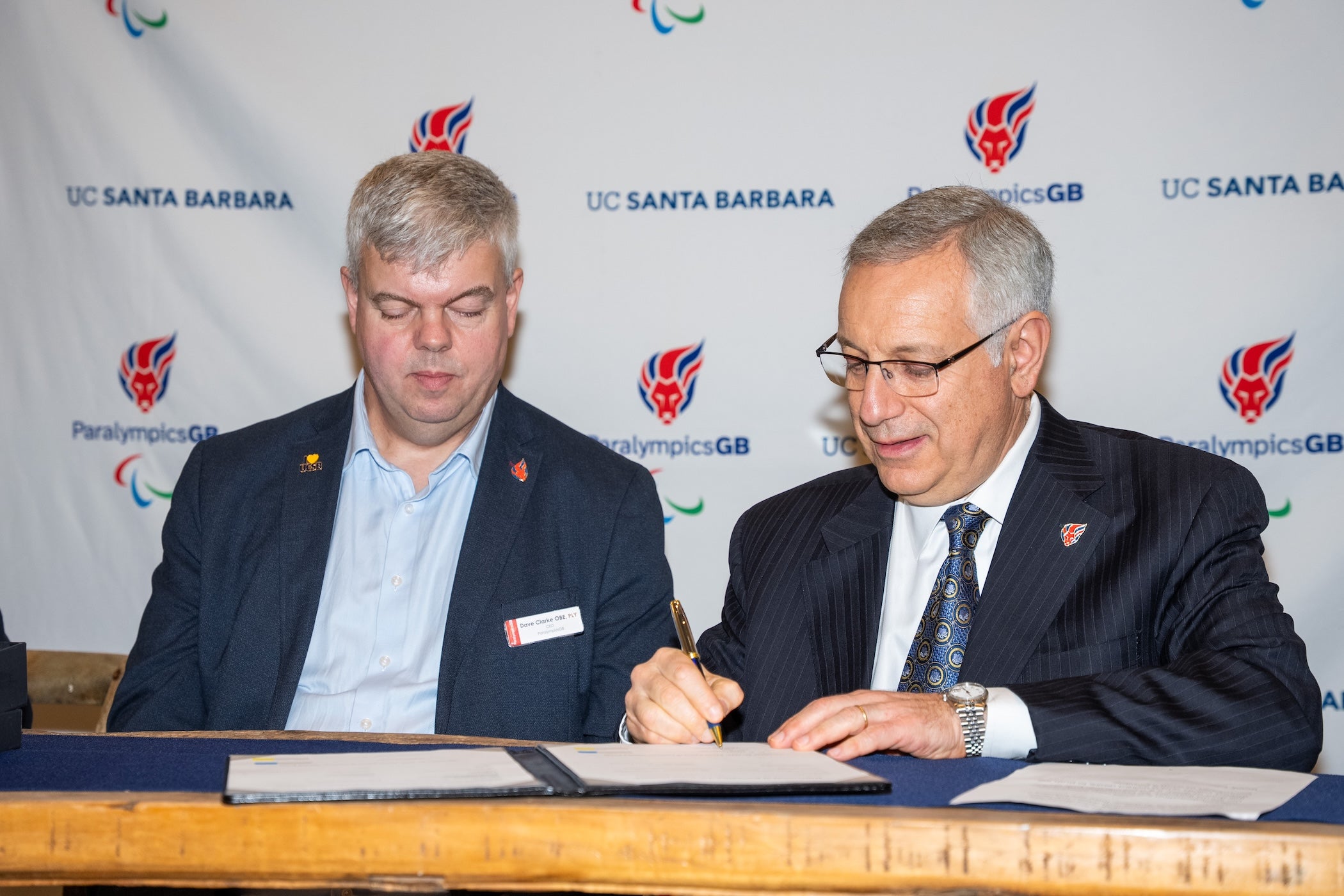
An interdisciplinary team of UC Santa Barbara undergraduate, graduate, and doctoral students has taken a top prize at the 2013 Better Building Case Competition, an annual U.S. Department of Energy (DOE) contest meant to engage college students in the hunt for creative energy efficiency solutions.
Held in Washington, D.C., at the White House, the competition is part of President Obama's Better Buildings Initiative, which is striving for a 20 percent reduction, by 2020, in commercial and industrial energy use. The endeavor also hopes to serve as a tipping point for revolutionary change in energy use across U.S. buildings.
The UCSB group snared a "Most Innovative" award for its strategic proposal to help Montgomery County, Pa., complete a renovation that achieves significant energy savings in a publicly owned, multi-tenant office building. Carnegie Mellon, MIT, University of Chicago, and Yale were also winners in the 14-university contest.
"This was UCSB's first year participating in the DOE's Better Buildings Case Competition," said Jordan Sager, LEED program manager for the Facilities Management department. "Our team was one of only two West Coast schools in the competition, and was very diverse in terms of fields of study, with members representing five departments on campus. Winning in the Most Innovative category is an acknowledgment of both the analytical power and the creativity fostered by this type of interdisciplinary collaboration."
Assembled by Sager and Katie Maynard, sustainability coordinator for the Department of Geography, UCSB was represented by Bren School graduate students Ben White, Harry Bergmann, Justin Lichter, and James Choe; mathematics doctoral candidate Martin Harrison; Michael Georgescu, doctoral candidate in mechanical engineering; art history undergrads Melanie Jones and Jacob McConnell; and environmental studies undergrads Alex Kovalick and Jason Dale.
"My teammates and I are honored to be among the top-tier schools receiving this award," said Dale. "This achievement showcases not only the hard work and discipline of students at UC Santa Barbara, but also the university's dedication to sustainability. UCSB has been leading innovation in building use and design through its Green Building policies and many sustainability initiatives. The achievement by my fellow students and me at the Better Building Case Competition is simply a derivative of successful policy and vision for a sustainable future."
According to the DOE, the competition provides the next generation of engineers, entrepreneurs, and policymakers with skills and experience to start careers in clean energy. Further, it generates creative solutions to real-world problems that could actually be implemented by commercial businesses and other organizations across the marketplace. Presented with true-life scenarios, each team tackles a case study said to be representative of the most common, and most stubborn, barriers to energy efficiency in private and public sectors alike. The cases use real situations, information, and data provided by partner companies and municipalities currently facing the problems presented.
Given one month to develop their problem-solving proposals, the teams gathered on March 8 for a penultimate workshop at the White House, where they presented their ideas to expert judges, including Assistant Secretary of Energy David Danielson.
The UCSB Associated Students Finance Board, the Bren School of Environmental Science & Management, the Art History Department, the Environmental Studies Department, and U.S. Green Building Council C4 Chapter, all provided funding to support UCSB's participation in the competition.
† Top image: From left to right: James Choe, Harry Bergmann, Alex Kovalick, Jacob McConnell, Melanie Jones, Justin Lichter, Assistant Secretary of Energy David Danielson, Martin Harrison, Jason Dale, Michael Georgescu, and Ben White.
Credit: DOE courtesy image
Related Links



